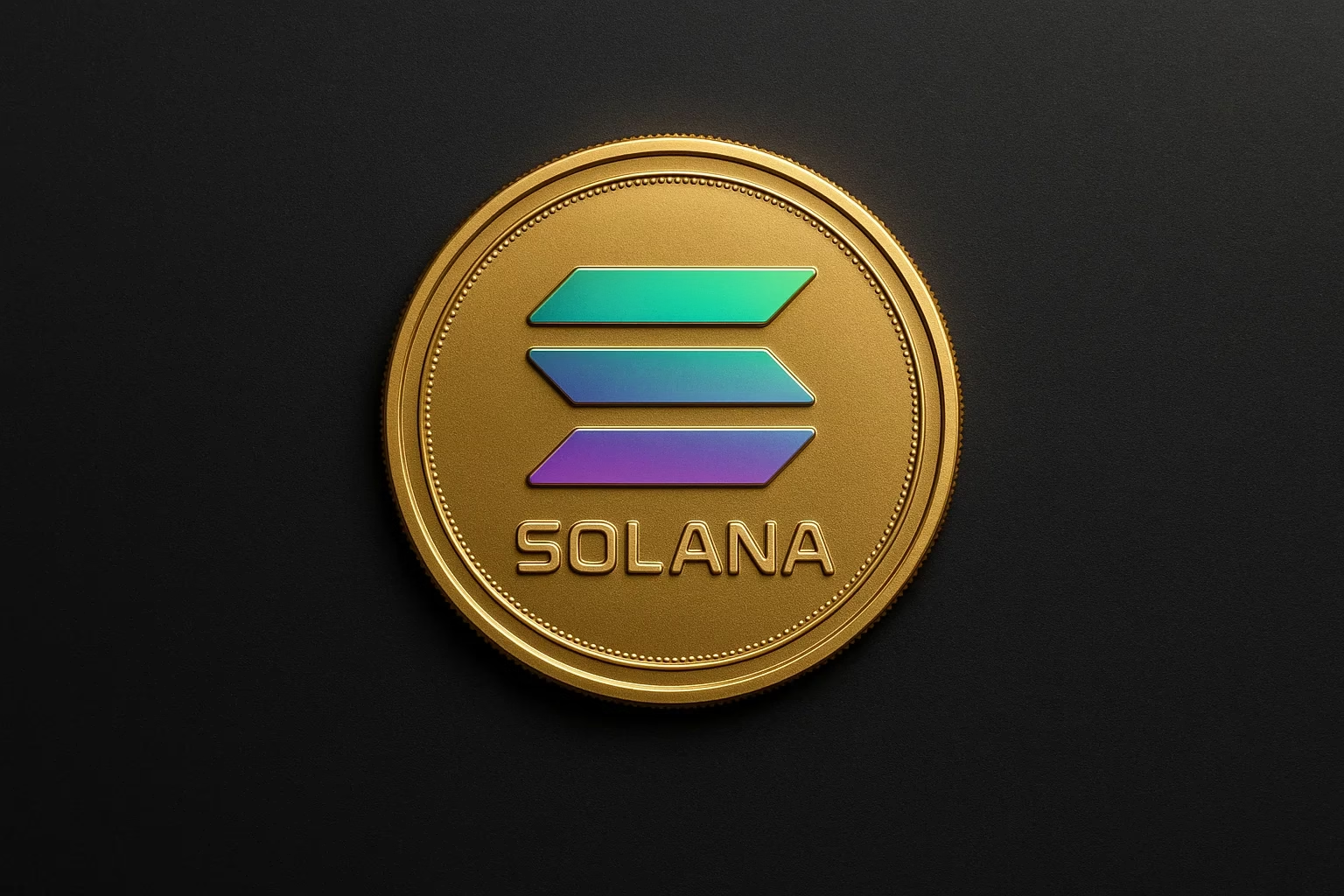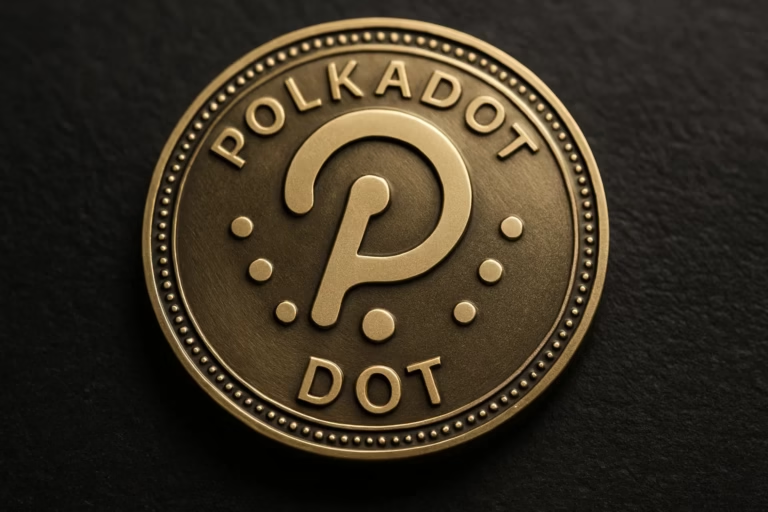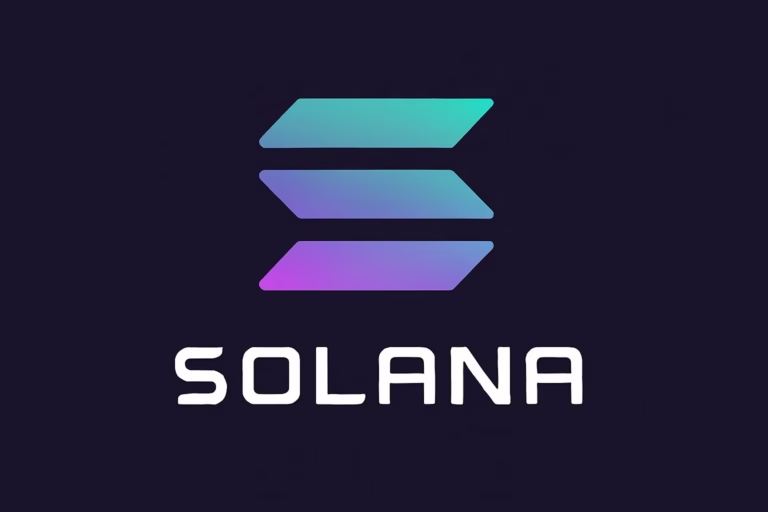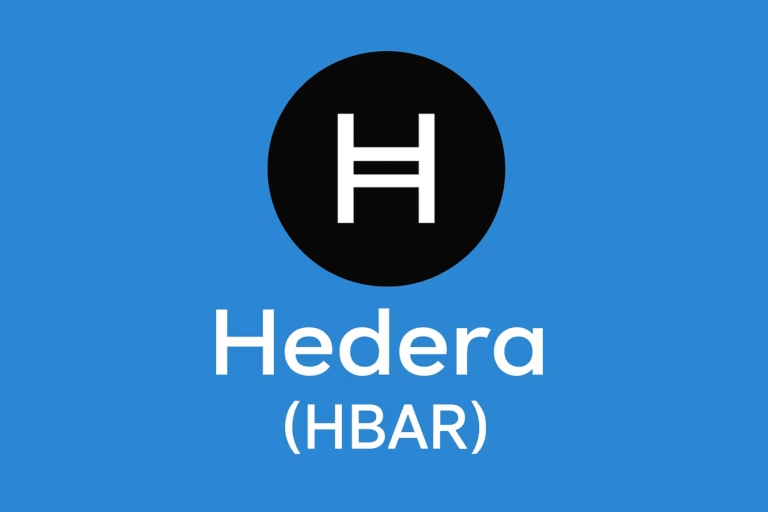
- Solana saw $750 million USDC minted in a single day, greatly increasing stablecoin liquidity on the network.
- This surge strengthens Solana’s DeFi ecosystem and showcases its fast, low-cost transaction capabilities.
Solana is making headlines after Circle minted $750 million USDC on the network in a single day. This is one of the largest one-day USDC issuances on Solana. It shows the blockchain’s speed and low transaction costs.
ALSO READ:Solana Price Eyes $300 After Cup-and-Handle Breakout
Boosting Stablecoin Liquidity
The new USDC increases Solana’s stablecoin liquidity. DeFi platforms, including lending protocols and decentralized exchanges, benefit from deeper trading pools and lower price slippage. Users experience smoother transactions and better overall efficiency.
Solana Edge Over Other Blockchains
Solana offers high throughput and minimal fees, making it an attractive alternative to networks like Ethereum. Circle’s multi-chain strategy ensures USDC is widely available, and Solana is becoming a key hub for stablecoin adoption in 2025.
Appealing to Retail and Institutions
USDC’s 1:1 backing with the U.S. dollar and regulatory compliance adds credibility. The new liquidity attracts both retail and institutional users. Solana’s infrastructure proves reliable for large-scale, cost-sensitive transactions.
This $750 million USDC mint reflects a broader trend of growing stablecoin adoption across multiple blockchains. Solana’s high-speed, low-cost transactions make it ideal for DeFi and payment solutions. Partnerships like this suggest strong growth for Solana in 2025.
Solana’s record USDC mint strengthens its position in decentralized finance and stablecoin liquidity. It shows why Solana is a top choice for fast, efficient blockchain transactions.
MIGHT ALSO LIKE:IOTA Launches TWIN to Revolutionize Global Trade with WEF
DISCLAIMER:
The views and opinions expressed herein are solely those of the author and do not necessarily reflect the views of the publisher. The publisher does not endorse or guarantee the accuracy of any information presented in this article. Readers are encouraged to conduct further research and consult additional sources before making any decisions based on the content provided.




